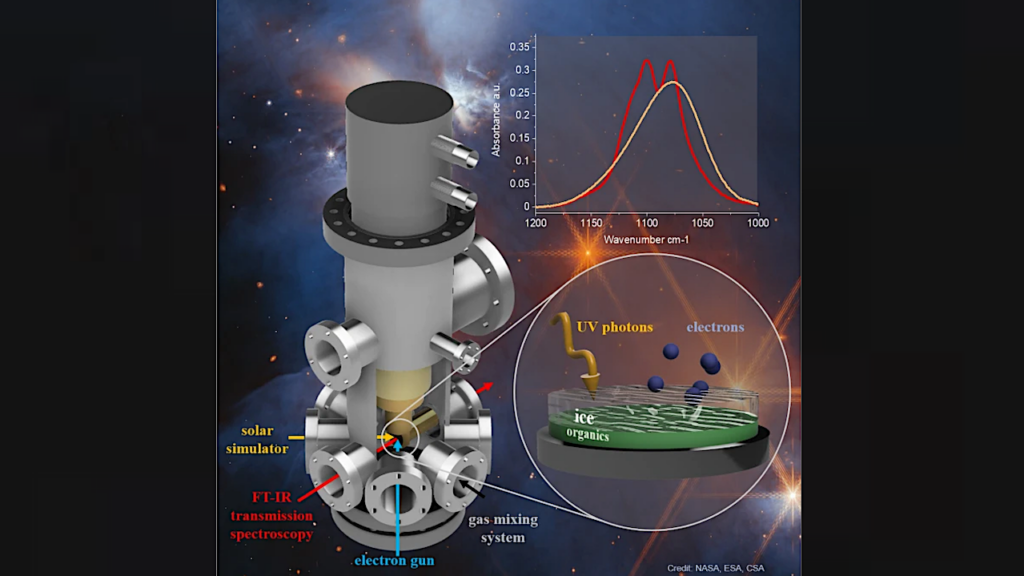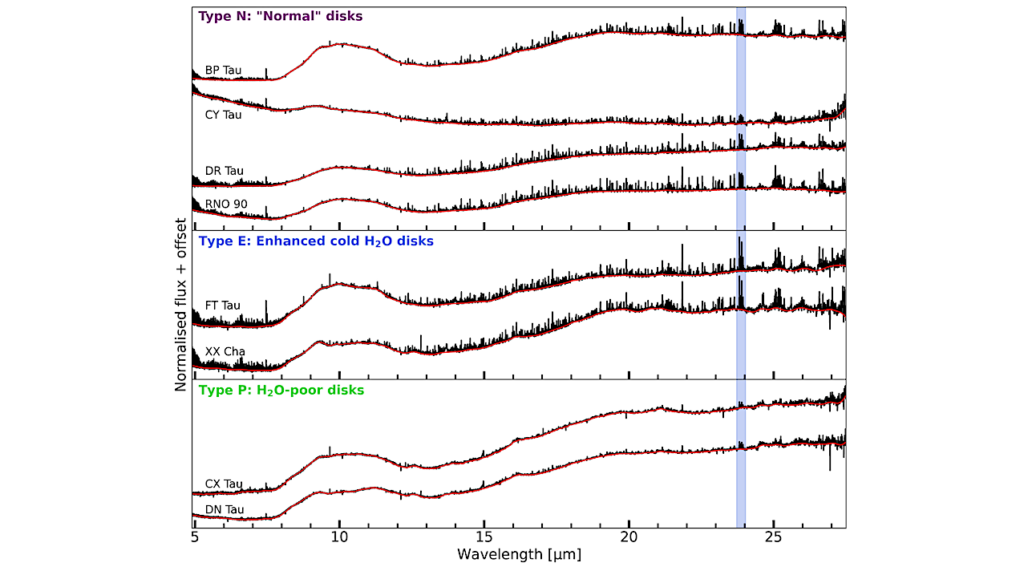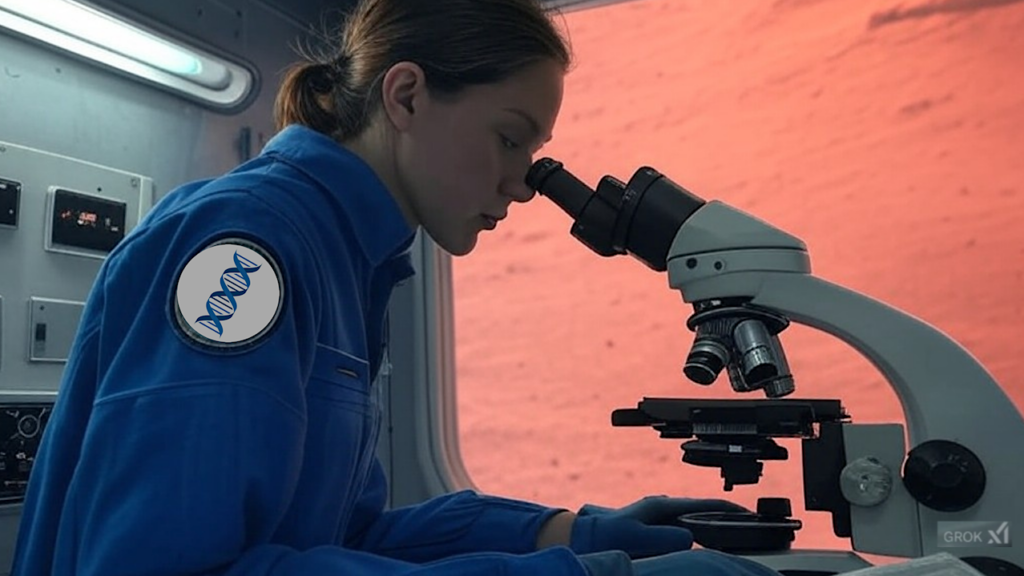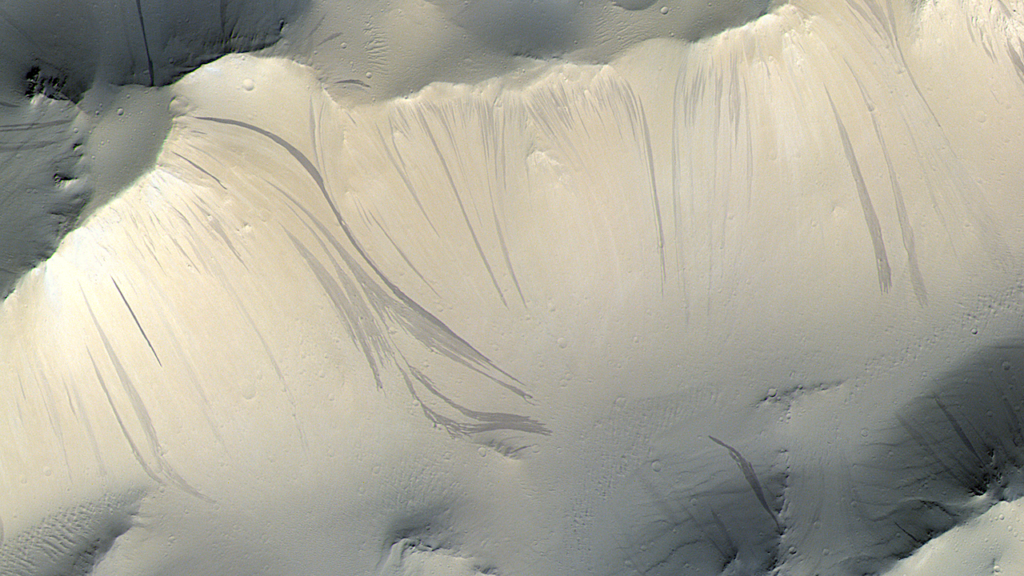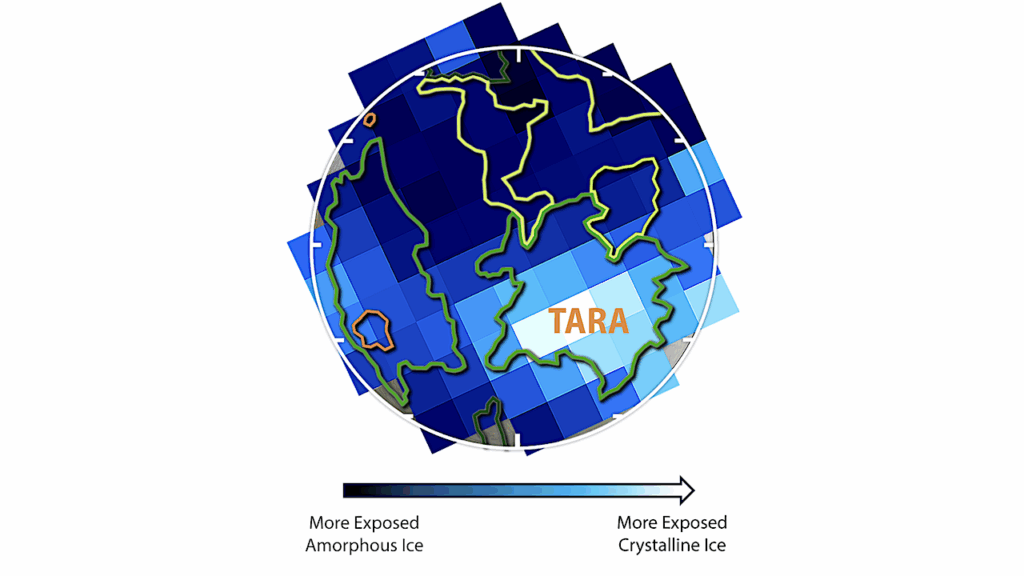Creation of an Fe3P Schreibersite Density Functional Tight Binding Model for Astrobiological Simulations

The mineral schreibersite, e.g., Fe3P, is commonly found in iron-rich meteorites and could have served as an abiotic phosphorus source for prebiotic chemistry.
However, atomistic calculations of its degradation chemistry generally require quantum simulation approaches, which can be too computationally cumbersome to study sufficient time and length scales for this process.
In this regard, we have created a computationally efficient semi-empirical quantum Density Functional Tight Binding (DFTB) model for iron and phosphorus-containing materials by adopting an existing semi-automated workflow that represents many-body interactions by linear combinations of Chebyshev polynomials.
We have utilized a relatively small training set to optimize a DFTB model that is accurate for schreibersite physical and chemical properties, including its bulk properties, surface energies, and water absorption.
We then show that our model shows strong transferability to several iron phosphide solids as well as multiple allotropes of iron metal. Our resulting DFTB parameterization will allow us to interrogate schreibersite aqueous decomposition at longer time and length scales than standard quantum approaches, allowing for investigations of its role in prebiotic chemistry on early Earth.
Riccardo Dettori, Nir Goldman
Comments: Includes Supplementary Information
Subjects: Materials Science (cond-mat.mtrl-sci); Earth and Planetary Astrophysics (astro-ph.EP); Computational Physics (physics.comp-ph)
Cite as: arXiv:2409.01884 [cond-mat.mtrl-sci] (or arXiv:2409.01884v1 [cond-mat.mtrl-sci] for this version)
https://doi.org/10.48550/arXiv.2409.01884
Focus to learn more
Submission history
From: Nir Goldman
[v1] Tue, 3 Sep 2024 13:24:25 UTC (14,741 KB)
https://arxiv.org/abs/2409.01884
Astrobiology, Astrochemistry,


